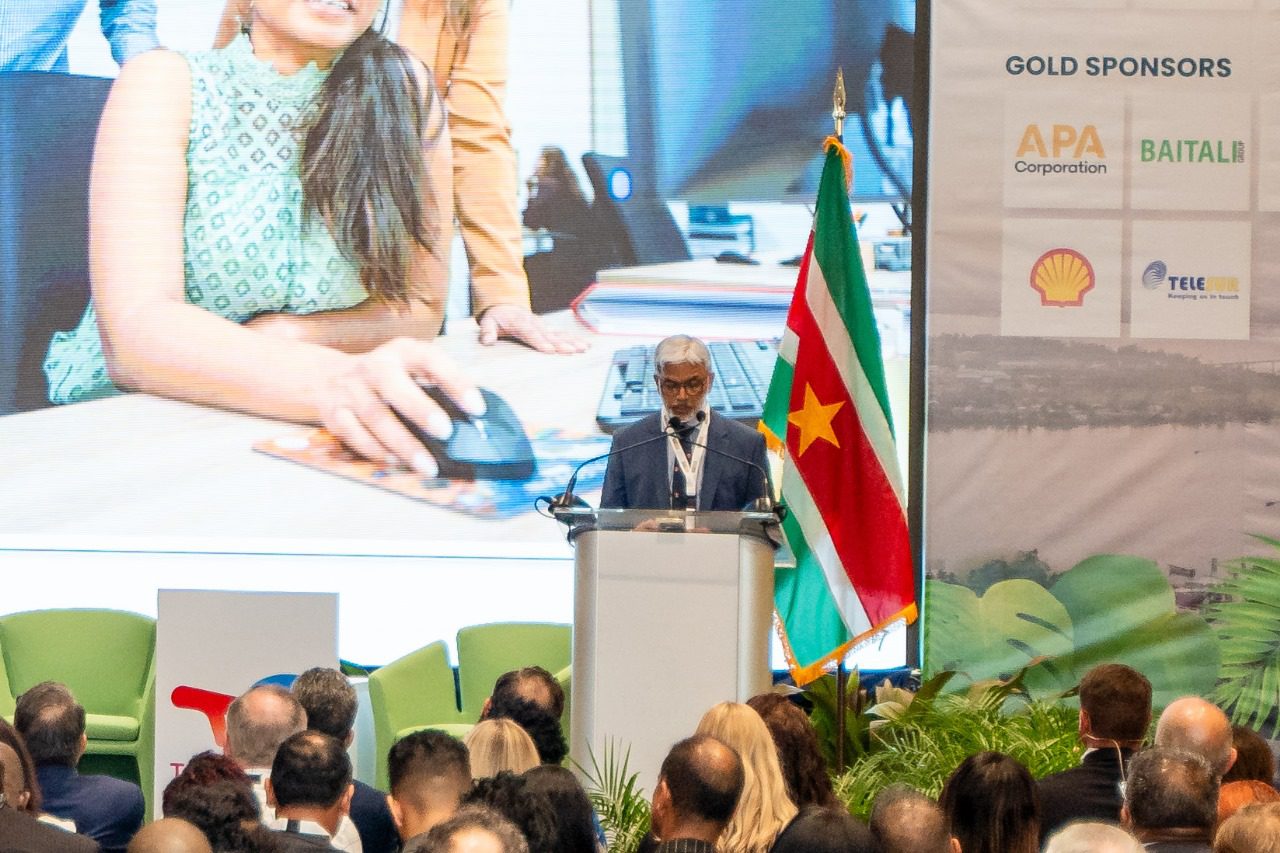Paramaribo, Suriname – Staatsolie, Suriname’s state oil firm, has big plans for its offshore oil sector, with an extensive exploration program eyed over the next two years.
“We are planning…lots of exploration wells, which is exciting because it gives the possibility to find oil again,” Managing Director, Annand Jagesar shared in his June 4 keynote address at the Suriname Energy, Oil and Gas Summit (SEOGS).
Jagesar was excited to point out too that some of the wells will be drilled in new play areas.
Suriname’s resource count is estimated to be 4.6 billion equivalent barrels. Gas accounts for 48% of this figure, amount 12.5 trillion cubic (tcf).
Currently, it has no development online. But first oil is planned for 2028, with a TotalEnergies-operated Block 58 development. It has a price tag of US$9 billion.
The buzz around Suriname’s offshore industry extends to Block 52. Its Fusaea-1 and Roystonea-1 discoveries can support a 100,000 barrel per day (b/d) development, approaching 400 million barrels in recoverable resources, according to Wood Mackenzie. Jagesar alluded to this in his address. He said that Staatsolie sees Suriname’s second and possibly, a third development coming from Block 52, on the gas side.
Jagesar outlined a vision for Suriname.
He called on policymakers to “step up” its efforts to manage the large swaths of revenue posed to come from its offshore oil sector.
“We have to be very careful…we have to diligently make policies and execute them,” he urged.
Suriname is versed in onshore oil production. Offshore is a new and risky area. But if Suriname wants to play its cards right, it can look to countries that have successfully honed its offshore oil resources. Or those that are atleast on the right path.
Suriname’s neighbor Guyana is an example. With 11 billion barrels of recoverable resources discovered, Guyana’s story is unprecedented. From discovery in 2015 to first oil in 2019, Guyana exploded on the global oil industry and is well on its way to becoming the second largest producer in Latin America behind Brazil. But Guyana had to ensure key elements were in place. A Local Content law, a Natural Resource Fund law, and stringent environmental policies are just a few.



